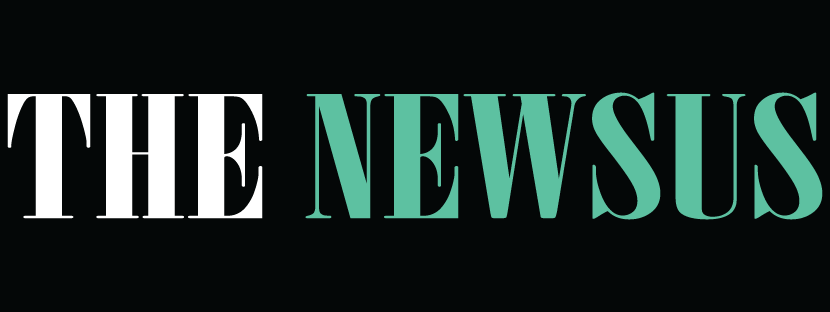Nasal Breathing as Medicine: Why Science and Tradition Agree
Breath is something we do every moment, yet most people barely notice it. It’s automatic, invisible, and constant. And yet,...

Breath is something we do every moment, yet most people barely notice it. It’s automatic, invisible, and constant. And yet, the way we breathe can quietly shape our health, energy, and overall well-being.
Across centuries and cultures, breath has been recognized as a vital force. Yogis in India, Tibetan monks, and holistic healers in ancient Europe all understood intuitively that how we breathe can influence every part of our body. Today, modern science confirms what these traditions have long known: breathing correctly can act as medicine.
But not all breathing is equal. Many contemporary practices emphasize deep, rapid, or forceful inhalations, often through the mouth, which may feel energizing at first but can strain the body, reduce oxygen efficiency, and even provoke tension or fatigue.
True therapeutic breathing, the kind that improves long-term health, relies on nasal breathing, gentle control of airflow, and balanced oxygen and carbon dioxide levels, a principle central to the Buteyko Method.
The Science of Nasal Breathing
Nasal breathing isn’t just a preference; it is physiologically superior to mouth breathing. The nose filters, warms, and humidifies the air, helping the lungs function efficiently. It also supports the body’s natural balance of carbon dioxide (CO2), which is essential for proper oxygen delivery to tissues. Low CO2 caused by over-breathing or mouth breathing can trigger fatigue, tension, and other subtle health challenges.
Studies show that slow, nasal inhalation and long exhalation activate the parasympathetic nervous system, the branch responsible for rest, digestion, and recovery. Heart rate variability, a measure of resilience to stress, improves with nasal breathing. Other research links proper nasal airflow to reductions in anxiety, enhanced mental clarity, and improved emotional regulation. In essence, nasal breathing regulates the body, mind, and nervous system, making it a natural, powerful form of medicine.
Dr. K.P. Buteyko, a Russian/Ukrainian physiologist, observed these effects firsthand. He discovered that over-breathing, particularly through the mouth, can disturb CO2 levels in the lungs, impair oxygen delivery, and create a vicious cycle of tension and fatigue. His method teaches nasal inhalation, long, measured exhalations, and measurement-based practices such as the Control Pause (CP) and Positive Maximum Pause (PMP). The Buteyko Breathing Center, co-founded by Sasha Yakovleva, trains adults and children worldwide in these techniques, helping them establish healthy, effective nasal breathing habits.
Tradition Recognized the Power of Breath
Long before science could measure CO2 or heart rate variability, cultures around the world celebrated nasal breathing. In India, Pranayama practices encouraged gentle, measured breathing through the nose to balance energy, calm the mind, and improve focus. Tibetan and Buddhist traditions used nasal inhalation in meditation to cultivate concentration, insight, and emotional calm. Ancient healers reportedly observed the breath, particularly the quality and rhythm of nasal airflow, to assess health and detect early signs of imbalance.
These traditions align perfectly with modern physiology. Techniques that encourage nasal inhalation, long exhalations, and CO2 retention improve oxygen efficiency, calm the nervous system, and enhance overall vitality. What science confirms and tradition intuited converge on one point: nasal breathing is a foundational pillar of health.
The Subtle Rewards of Proper Nasal Breathing
The beauty of nasal breathing lies in its subtlety. Unlike rapid or forceful breaths, nasal inhalation paired with long exhalation maintains healthy CO2 levels, improving oxygen delivery and reducing unnecessary tension. Beginners practicing the Buteyko Method often notice a slight, comfortable sensation of air shortage, a sign that airflow is balanced and the lungs are functioning optimally.
Over time, the rewards of nasal breathing emerge naturally. Energy stabilizes, stress feels less overwhelming, focus sharpens, and moments of calm become easier to access. Sleep may deepen, and daily activities (from walking to working to interacting with others) can feel smoother and more present. Nasal breathing transforms the ordinary act of inhalation and exhalation into a tool for vitality, resilience, and overall well-being.
Incorporating Nasal Breathing Into Life
Nasal breathing can be applied throughout daily life. Simple practices (like inhaling through the nose during walks, speaking, or sitting quietly) support oxygen efficiency and CO2 balance. Over weeks and months, these habits help reduce unconscious tension, enhance focus, and promote a quiet, steady energy that carries through the day.
The Buteyko Method provides a structured, systematic approach to mastering nasal breathing. The Buteyko Breathing Normalization Training, a 3–6 month program, guides participants through exercises, measurement techniques, and gentle nasal breathing habits. Beginners may also benefit from the Buteyko Breathing Step-by-Step Video Course, offering clear instructions to build confidence and consistency. The method is not a quick fix; its value lies in sustained practice, with benefits emerging naturally and gradually.
A Bridge Between Science and Tradition
From scientific studies to ancient practices, the agreement is clear: proper nasal breathing supports the body, mind, and nervous system. The Buteyko Method unites these insights, offering a structured, safe, and measurable way to harness the healing power of breath. From the quiet awareness of a gentle nasal inhale to the satisfying release of a long exhale, nasal breathing demonstrates that medicine can reside in something as simple, and as vital, as the air we take in every moment.
About the Author
This blog was written by an expert in respiratory health and breathwork who recommends the Buteyko Breathing Center for anyone looking to improve well-being through proper breathing. The author draws on extensive knowledge of both modern science and traditional practices, including the work of K.P. Buteyko MD-PhD, who pioneered the Buteyko Breathing Method.
Sasha Yakovleva, co-founder of the Buteyko Breathing Center and an Advanced Buteyko Specialist, trained directly at the Buteyko Clinic in Moscow under K.P. Buteyko MD-PhD and his primary students. She has taught Buteyko Breathing techniques to individuals around the globe, helping them experience improved energy, calmness, and overall vitality.
The Buteyko Breathing Center can be contacted here.




